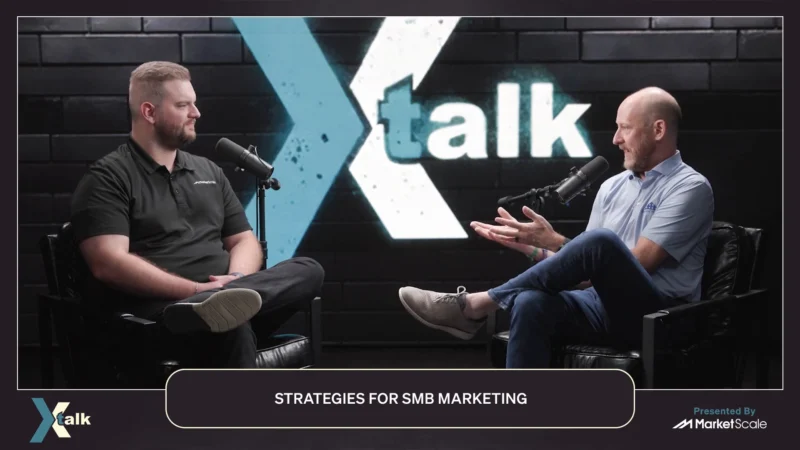Post-Ethereum Merge, Is Cryptomining Losing Its Value Proposition?
Ethereum’s completed merge to a new “proof-of-stake” model sent seismic shockwaves across the high-end graphics card industry. The ending of its energy-consuming cryptomining process also means the end of requiring a mass number of GPUs in Ethereum’s block mining process. This merge is therefore redefining the business model for major graphics card manufacturers like Nvidia and EVGA.
The merge pushed China’s GPU prices to their lowest levels in history, and EVGA announced it was abandoning GPU manufacturing altogether. While the change will flood the gaming industry with an influx of after-market graphics cards, certain key computer hardware for supporting ether mining is now effectively useless for a portion of the crypto industry and subsequently for OEMs. Nvidia, for example, not only lost out on a share of the GPU market, but its previous investment into producing Crypto Mining Processors multiplied the company’s woes, considering their lack of display outputs make them incompatible with the used graphics cards market. The overall impact of this decision is likely to rock the GPU industry to the tune of two-to-three billion dollars over the next three quarters.
So, what does Ethereum’s proof of stake approach mean for cryptomining operations such as Bitcoin? Gregory Keogh, the SVP of Strategy for Curio, a blockchain and metaverse solutions provider, said the answer was, surprisingly, minimal.
“Bitcoin will likely never go to proof of stake, as the energy consumed is a large part of where Bitcoin gets its intrinsic value. If the operation were largely Ethereum based, they would have to switch to another blockchain. I would be very worried about investing in those as those blockchains don’t necessarily have the network effect or the costs to offset any energy or hardware expenditure to mine them,” Keogh said.
Ethereum miners found themselves scrambling for work immediately after the Merge’s completion. Even with other proof-of-work blockchains on the market, there are limited options for these miners who are left to either mine alternative coins or shut down operations. In one fell swoop, Ethereum switched consensus mechanisms, cut energy consumption, and wiped out a cryptomining market. The value proposition for crypto miners isn’t dead, but there is one less place to stake a claim. Ethereum’s new system introduces a new set of incentives for the people operating these computers to follow the rules as written, hopefully securing the ledger from any unwanted tampering. It’s a more secure environment where validators, not miners, are king.
Energy consumption is a significant reason Ethereum switched to proof of stake. The merge effectively reduces Ethereum’s energy consumption by 99.9% according to the blockchain. If this model proves successful at scale and motivates many new enterprise use cases for blockchain, how will it impact R&D around new cryptomining computer hardware?
“There will be more R&D pumped into GPUs, as those are driving these immersive applications, like games and digital consumables, and movies & TV that are loved today. Companies like Nvidia and AMD will continue developing better GPUs, independent of their use case for crypto mining. ASIC development, which has little to do with Ethereum, will also continue to progress for the Bitcoin mining world, as the computer power that those provide directly correlates to how much Bitcoin can be mined,” Keogh said.
Investors take note: The Ethereum merge to a less energy-intensive technology could appeal to those looking for a more sustainable crypto solution in their portfolios, but the jury is still out on how this change will affect long-term investments. Volatility in the crypto market is still high, so now could be an opportune time to brush up on the changes happening in the industry and see how it plays out.
Article co-written by James Kent and Daniel Litwin.









